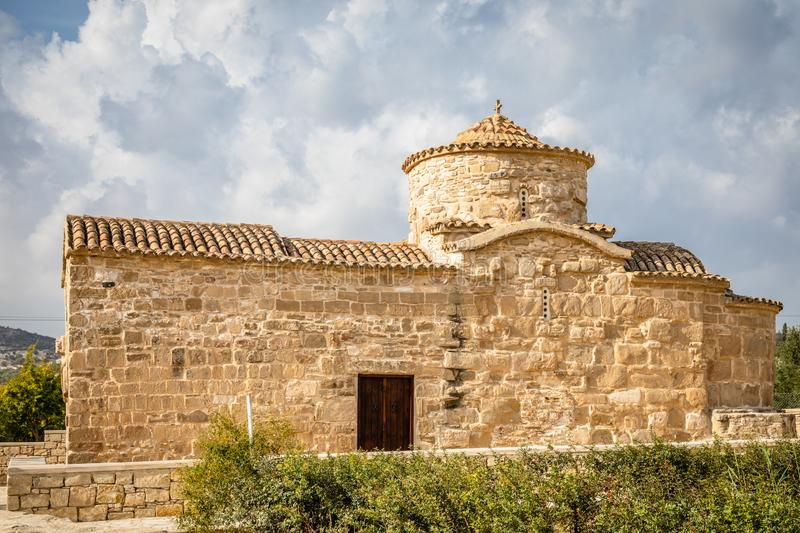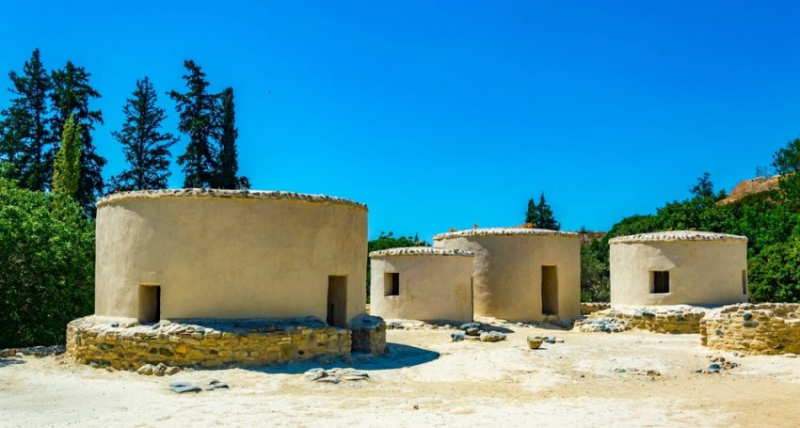Choirokoitia
Choirokoitia was an ancient agricultural community in Cyprus that dates back to 7000 BC and was the island's oldest human settlement. Choirokoitia is a World Heritage site, according to UNESCO, and is "one of the most important prehistoric sites in the eastern Mediterranean," especially since it played a vital role in the region's cultural evolution.
The archaeological remains are important and in outstanding condition. It would have been made up of circular homes with flat roofs and protective walls made of mudbrick and stone. The planning and construction of such a location require a concerted societal endeavor that has few precedents in the Middle East. A dwelling was made up of many circular structures with hearths and basins set around a tiny central courtyard where household activities took place. Anthropomorphic stone figures, combined with burial and death rites, attest to the existence of intricate beliefs among the findings of flint and bone tools, stone containers, and vegetal and animal remnants.
Five distinctive cylindrical-shaped homes have been recreated near the hamlet today, using the same Neolithic materials and building methods. Visitors may walk inside and examine reproductions of household items found within the ancient homes, giving them a very vivid and realistic impression of how the village would have looked. Similarly, trees, wildlife, and plants that have developed in Cyprus since Neolithic times surround the village. Visitors can spend a few hours roaming around the ruins of the original site after viewing the recreated dwellings.
Address: Q8WV+HHG, Choirokoitia, Cyprus.












